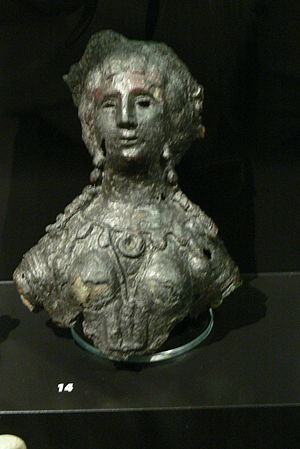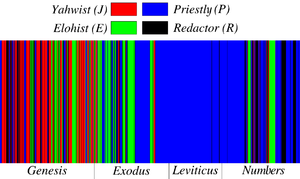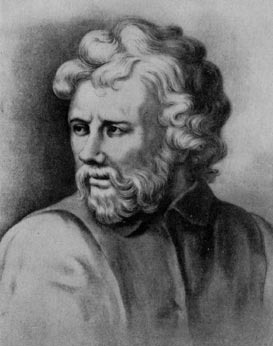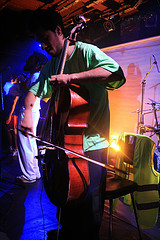 John Van Seters in The Biblical Saga of King David offers arguments that much of the biblical narrative about King David was composed in the period of the Persian empire. Snippets from this work cannot possibly do justice to those arguments. So I am not presenting this as evidence of the Persian provenance of the story of David, but only as an illustration of how a highly respected biblical scholar comes to conclude that a particular narrative in the Bible — in this case the tale of David’s capture of Jerusalem — is neither based on official archives nor at all historical. Generally concluding comments in parentheses within each section are my own summaries.)
John Van Seters in The Biblical Saga of King David offers arguments that much of the biblical narrative about King David was composed in the period of the Persian empire. Snippets from this work cannot possibly do justice to those arguments. So I am not presenting this as evidence of the Persian provenance of the story of David, but only as an illustration of how a highly respected biblical scholar comes to conclude that a particular narrative in the Bible — in this case the tale of David’s capture of Jerusalem — is neither based on official archives nor at all historical. Generally concluding comments in parentheses within each section are my own summaries.)
The scripture for this lesson is 2 Samuel 5:6-12:
6And the king and his men went to Jerusalem against the Jebusites, the inhabitants of the land, who spoke unto David, saying, “Unless thou take away the blind and the lame, thou shalt not come in hither,” thinking, “David cannot come in hither.”
7Nevertheless David took the stronghold of Zion (the same is the City of David).
8And David said on that day, “Whosoever getteth up through the gutter [water shaft] and smiteth the Jebusites, and the lame and the blind, who are hated in David’s soul, he shall be chief and captain.” Therefore they said, “The blind and the lame shall not come into the house.“
9So David dwelt in the fortress/stronghold, and called it the City of David. And David built round about from the Millo and inward.
10And David went on and grew great, and the LORD God of hosts was with him.
11And Hiram king of Tyre sent messengers to David, and cedar trees and carpenters and masons; and they built David a house.
12And David perceived that the LORD had established him king over Israel, and that He had exalted his kingdom for His people Israel’s sake.
Van Seters begins his discussion with:
There are many enigmatic elements within this short unit that have elicited a great amount of speculation and debate. . . . (p. 214)
To briefly summarize these: Continue reading “David’s mythical capture of Jerusalem”










